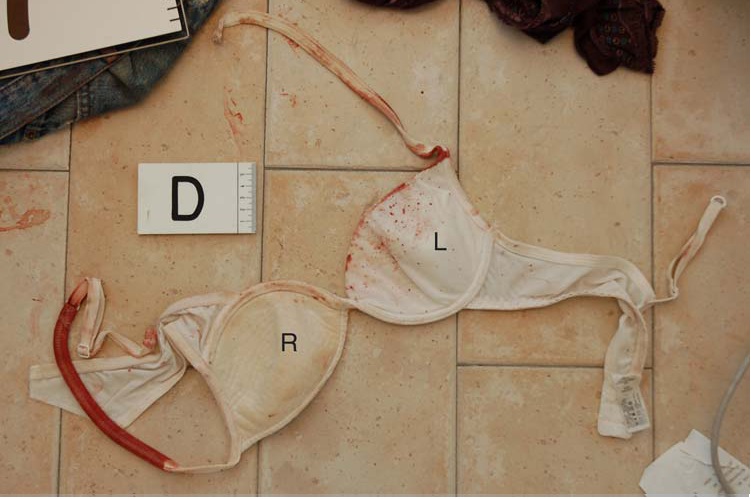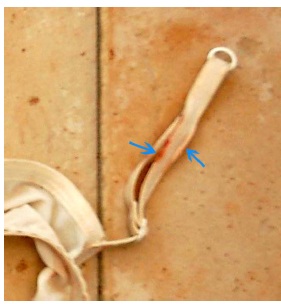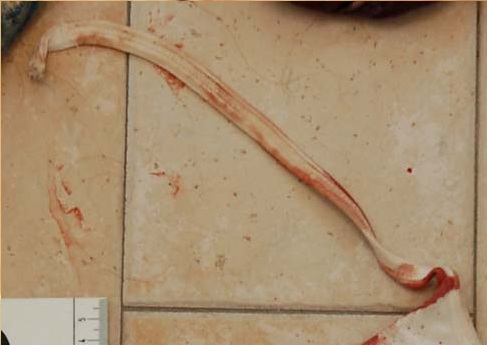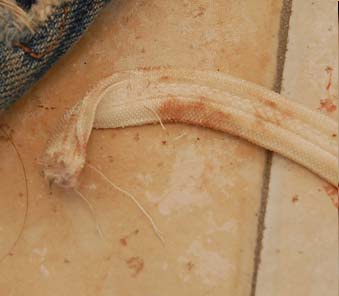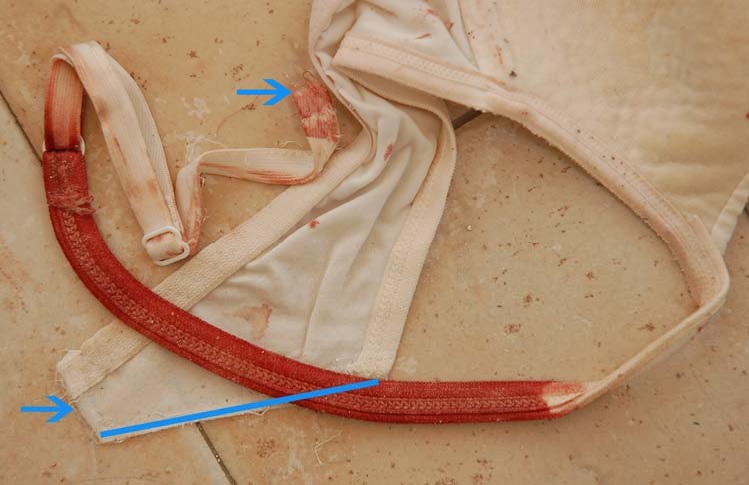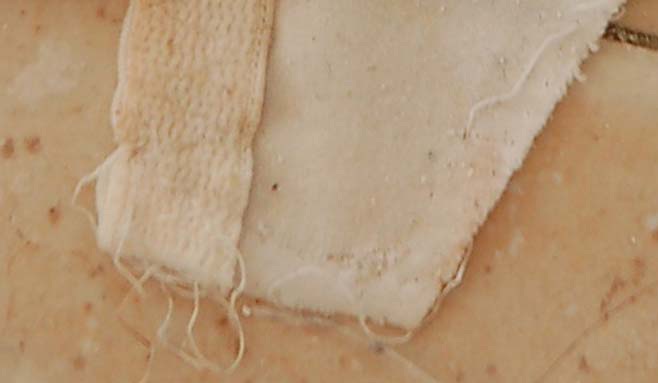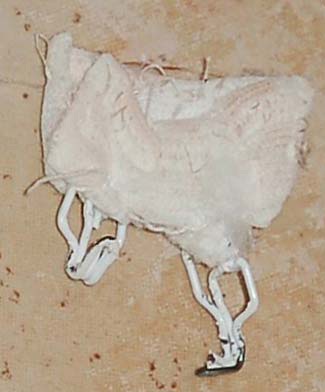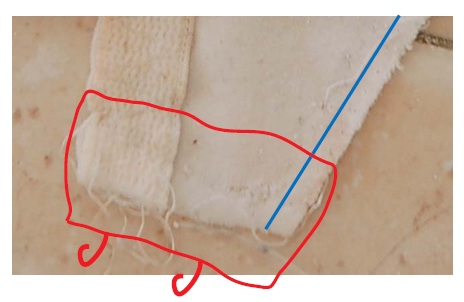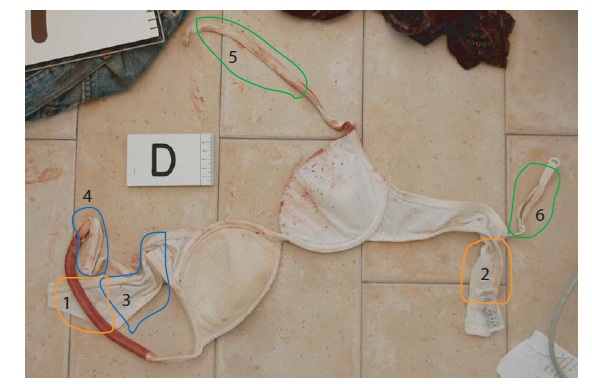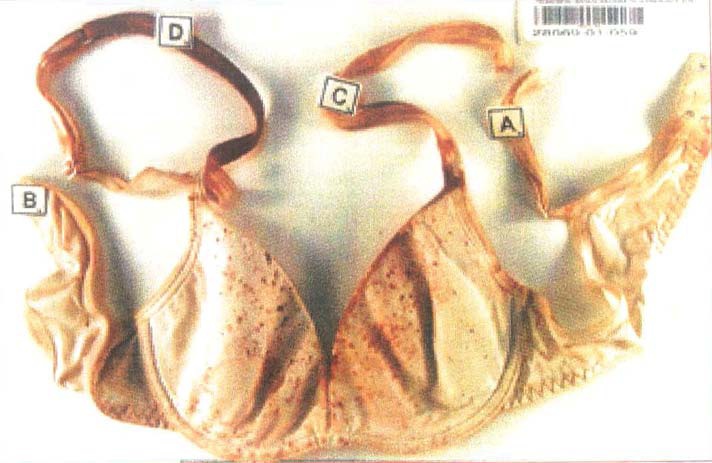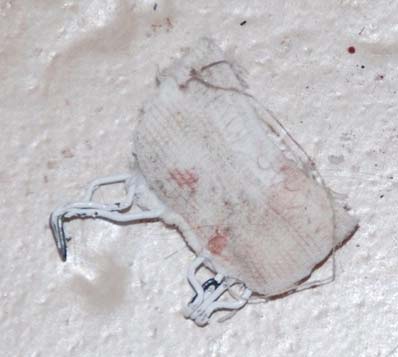By Karen Pruett
On May 6, 2011, Amanda Knox and Raffaele Sollecito will have
spent 1,277 days in prison for a murder they did not commit. One week longer than Meredith Kercher’s
actual murderer, Rudy Guede.
May 20, 2011 will be an important day in appellate court as
Judge Claudio Patrillo Hellman rules on the admissibility of challenged DNA
evidence and witnesses. In late March
the Roman experts conducting the independent review advised the court that
there was “not enough DNA to test” on either the Knife or the Bra Clasp and the
clasp was rusted from incorrect storage.
We are cautiously optimistic that the judge may consider throwing out
both pieces of evidence which would clear the way for Amanda and Raffaele’s
release.
So our hopes are that Judge Hellman will follow the law and
rule fairly.
Two prosecution witnesses were also challenged by the
defense. “Toto” Curlatolo, the homeless
heroin addict who hangs out in the plaza above the cottage, and Nara Capazelli,
a neighbor who lives across the street.
Toto described for the court, six times under oath, the night of
Halloween with kids in costumes getting into disco buses as he watched Our Kids
“watching the cottage” until midnight.
Meredith died the next evening on All Saints Day when no buses were
running. The defense produced three
disco owners who affirmed that no buses ran on November 1, 2007.
Then the Chief of Homicide, Monica Napoleani, “could not be
found,” she was to testify about interviewing Toto; the judge leveled a fine of
300 lira and compelled her to appear.
The absence of Napoleani is significant as she has never missed a day in
court and is a key player in Amanda’s ordeal.
This woman is one of the directors of the Illegal Interrogation and the
source of the “cartwheel” legend.
Mrs. Capazelli, the “Ear Witness,” is an elderly lady who
lives across the street and claimed to hear a scream the night of the
murder. When police saw her interview on
TV, she was subpoenaed, but never actually interviewed by them. An acoustical test proved that it was
impossible to hear a scream through her closed double-paned window. The defense witness, a tow-truck driver, was
outside in the general area and never heard a scream.
Although this is good news for the defense, we do not trust
the Office of Public Minister Giuliano Mignini, as they are adept at
manipulating Italy’s Laws. Currently he
is ‘assisting’ the prosecutors, but by Italian law he not supposed to have
anything to do with the appeal, yet he continues to work the system.
On April 20, 2011, CBS News reported that longtime Innocence
advocate, Frank Sfarzo, the Perugia Shock blogger who lives and reports from
Perugia, was arrested by the police, beaten up and then charged with police
abuse. Doug Longhini reported that “The
New York based Committee To Protect Journalists (CPJ) wrote a letter to Italy's
President Georgio Napolitano expressing concern about the continuing harassment
of journalists covering the Knox case in Italy. The Committee complained that journalists
had been threaten and harassed by police and prosecutors in Perugia for the
past several years; the worst case being Sfarzo's.” PM Mignini is trying to silence him with the
same tactics he used on Doug Preston and Mario Spezi in 2006. The prosecution is calling Frank
'crazy.’ Sound familiar?
“Each time a man stands up for an ideal, or acts to improve
the lot of others, or strikes out against injustice, he sends forth a tiny
ripple of hope and crossing each other from a million different centers of
energy and daring those ripples build a current that can sweep down the
mightiest walls of oppression and resistance.”—Robert F. Kennedy.
“Amanda is one of the most selfless, compassionate people
I’ve ever known. She has been a positive influence in my life since I met her
and continues to be one even now. Her
optimism, kindness, care for others, and hope for this world will always
inspire me. Even now, in complete Amanda-fashion, her letters home are filled
with concern for her loved ones instead of complaints about her own
plight. The emptiness we feel without
her is testament to the type of person she truly is.
I miss you Amanda. Seattle is even more gray without you here.—Madison Paxton, a friend who moved to Perugia in 2010 to help Amanda’s family care for her, AmandaDefenseFund.org.
I miss you Amanda. Seattle is even more gray without you here.—Madison Paxton, a friend who moved to Perugia in 2010 to help Amanda’s family care for her, AmandaDefenseFund.org.
“Meredith Kercher was murdered in Perugia Italy, November
1st, 2007. Investigators were aware
early on that there was no evidence at the crime scene to suggest that Amanda
Knox and Raffaele Sollecito were present at the time of Meredith Kercher's
murder. They were also aware of the fact
that the lead prosecutor on the case, Guiliano Mignini, was telling them the
two were involved. With this in mind,
they would try desperately to find incriminating evidence to satisfy Mignini’s
request. This approach led to a rush to
judgment long before a single piece of evidence was tested and more importantly
before the real killer, Rudy Guede, had even appeared on their radar.”—Bruce Fisher,
moderator. InjusticeInPerguia.org,
author of “Injustice in Perugia.”
“None of the pieces taken from the crime scene pointed to
Knox or her ex-boyfriend, Raffaele Sollecito – the evidence all pointed to Rudy
Guede. Guede's DNA was everywhere, in
the victim's room and on her body. Guede
has been convicted of murder, but why they persisted in still charging and
convicting Knox and Sollecito, I don't know.
It's a pretty simple story, if they waited for the DNA first, they would
have solved this quickly without any kind of mess.”—Dr. Greg Hampikian, Boise
State University, Director of the Idaho Innocence Project.
“The more I
investigated, the more I realized that Amanda Knox and Raffaele Sollecito could
not have had anything to do with the murder of Meredith Kercher. Moreover, one reason that they were falsely
convicted was that every rule of a good investigation was violated.”—Steve
Moore FBI (ret), Special Agent and Supervisory Special Agent.
“If they are innocent, then how did they get convicted? Amanda and Raffaele were detained and held
without charge before the forensic evidence came back implicating Rudy
Guede. The day of their arrest the
police paraded them through the old town with lights on and horns blaring. By the time Guede was becoming a suspect, a
major figure in the Rome police department had put Ms. Knox’s picture in the
hallway, right next to the arrest of Bernardo Provenzano. I think it is a case where the police and
Public Minister Mignini had made a bold claim about Knox and Sollecito’s
involvement and could not back down.”—Christopher Halkides, University of North
Carolina at Wilmington, Associate professor of chemistry and biochemistry, “View From Wilmington,” blogspot.
“The Massei
Motivation is important evidence. Very
poor evidence against Amanda and Raffaele, but very telling evidence against
Giuliano Mignini and the judges that made this decision. As we analyze it, we see a pattern of
contortions that go well beyond bad judgment calls or mere incompetence. Instead we see sign after sign of willful and
deliberate twisting to achieve a desired result. It is a critical fact for the understanding
of this trial that guilt was preordained; the evidence was an
afterthought.”—Mark Waterbury, PhD, Science Spheres, author of “Monster of Perugia, the Framing of Amanda Knox.”
“Despite Mignini’s having been convicted of abuse of office
for his Monster of Florence activities, he’s still being allowed to participate
in Amanda’s appeal, a most-unusual occurrence since appeals are supposed to be
do-overs. Even Amanda Knox’s lawyers
have not escaped Mignini and the Perugia police’s legal wrath, nor have her
parents, who are being sued for slander.
The father and sister of Raffaele Sollecito, her co-defendant, are also
being brought to court for leaking a crime scene video–despite the many, many
leaks from police and prosecutors during the so-called “trial of the
century.”—Candace Dempsey, Seattle PI, author of “Murder in Italy.”
“This is going to make you laugh. Guess who the prosecution,
now, thinks to be involved with the crime?
Me. It’s no surprise. It’s
perfectly consistent with everything else.
The great psychologists who thought that a girl first watches Amelie and then goes and kills her
housemate must of course think that the one who writes about a crime is the criminal. Five cops, then, reported to have been beaten
by me and they proved it with a medical certificate. Will the great judges be fooled again by a
couple of cops and a piece of paper? Of
course. It’s their specialty! This is the local mind. Have you all now figured out why this
judicial disaster happened?”—Frank Sfarzo, Perugia-Shock.blogspot.com,
March 26, 2011.
“Amanda had
absolutely nothing to do with the murder.
The outpouring of abuse toward her is extremely disturbing. I am convinced she is innocent and I cannot
understand why there has been such a bloodthirsty rush to judgment. The ugly anti-Americanism in the Italian and
British press is perhaps understandable (although inexcusable), but why the same
in America? Some of the comments posted
in blogs verge on the psychotic.”—Douglas Preston, author of “The Monster of Florence.”
“It’s a railroad job from hell. Say goodbye to Amanda, she's been so
convicted already that it's scary. She's
gonna be gone unless people rise up and fight."—Paul Ciolino, CBS News,
Afterword from Monster of Florence,
by Preston and Spezi.
“No one can put Amanda with Rudy or Raffaele with Rudy. I believe that Italian authorities railroaded
Amanda for the crime after theorizing Meredith was killed because she refused
to join in a drug-fueled orgy with Amanda and the two men. The citizens of Italy have been given
misinformation about her. Their justice
system is great, but like our justice system, it is run by people and can be
abused, mistakes can be made, they took a good person and they demonized
her. Amanda was unjustly convicted due
to the ill-will of the prosecutor and the media’s assault on her
integrity.”—Michael Heavy, U.S. Superior Court Judge.
“I am continually impressed by the caliber of people who are
speaking out for Amanda and Raffaele.
Some are dealing with irrational barriers as they advocate for these
innocent kids, yet continue despite the hate mongering and slander. No one does that for a guilty person.”—Karen
Pruett, Innocence Advocate.
“The time is always right to do what is right.”—Martin
Luther King, Jr.
“I don’t know if I can really express what it means to me to
have the people who have known me (and even those that haven’t) by my side
throughout all of this… After a year I at least have learned to respond to the
negativity of my current environment as peacefully and calmly as possible, but
my family is still out there in the world that just can’t seem to make up its
mind about what to do with my life. So thank you, thank you, thank you. Io lo so che
non sono sola anche quando sono sola. Even when I am alone, I’m not alone.”—Amanda
Knox, Capanne Prison, December 2009.
Taking back their reputations one word at a time.


